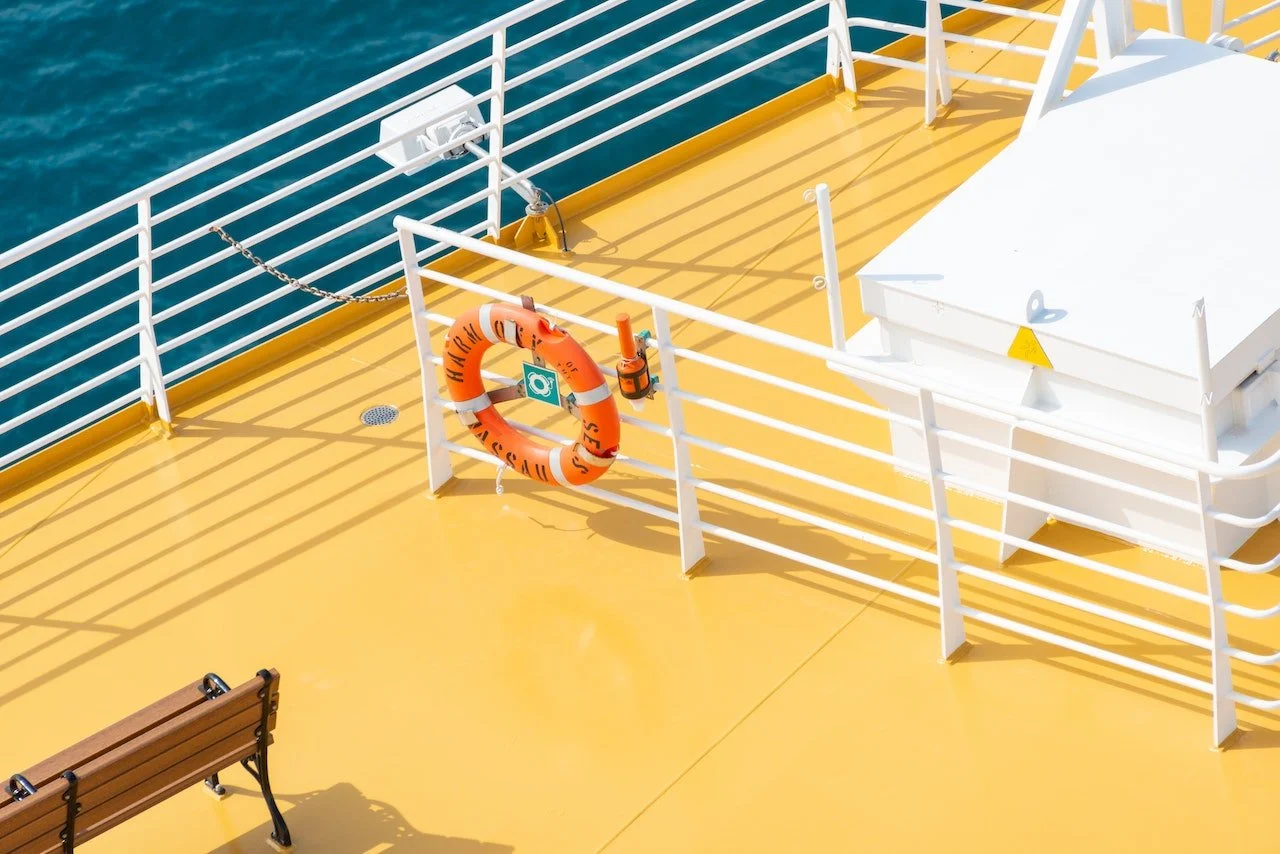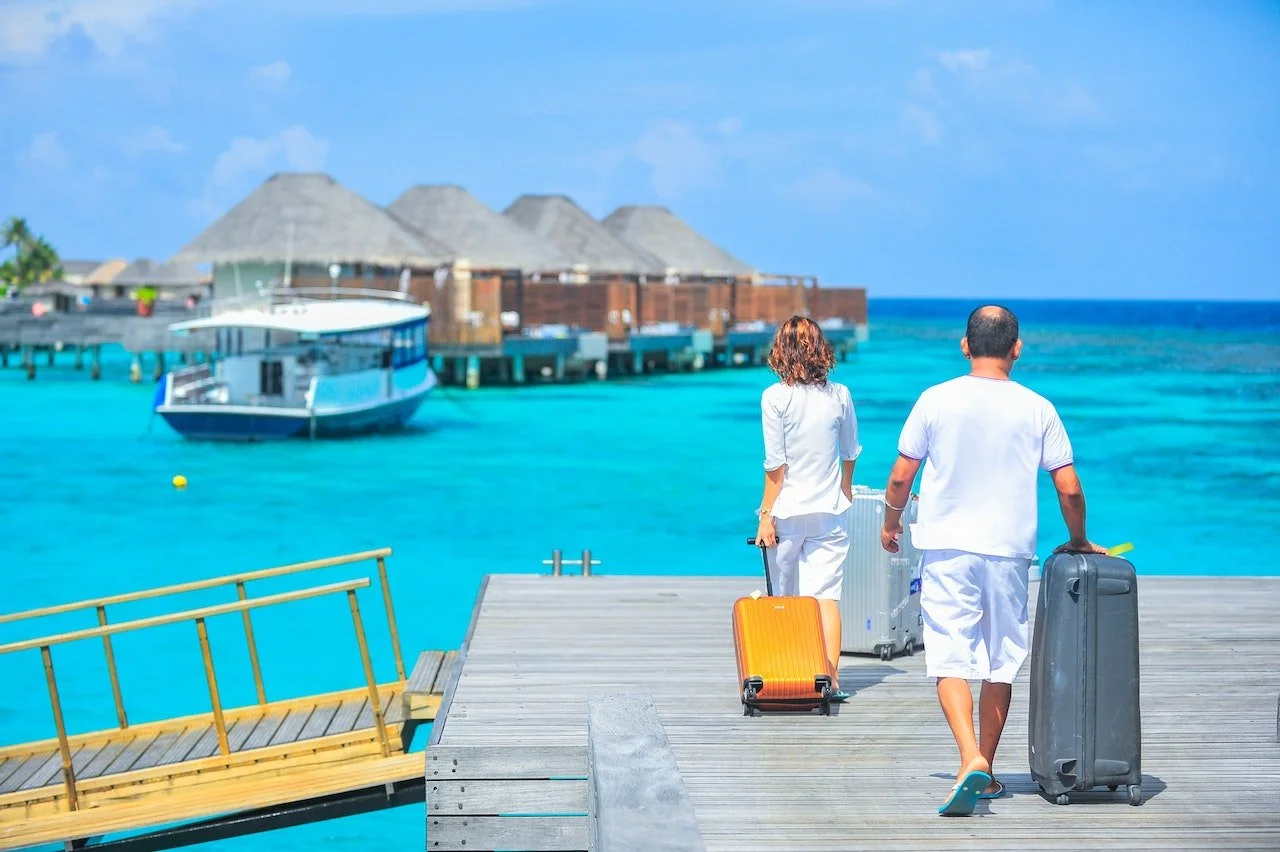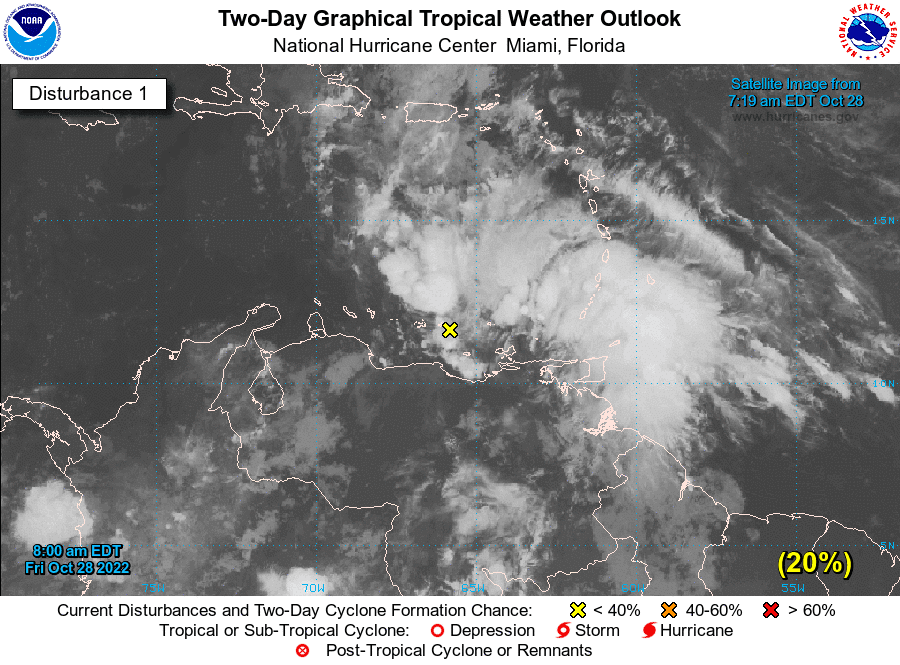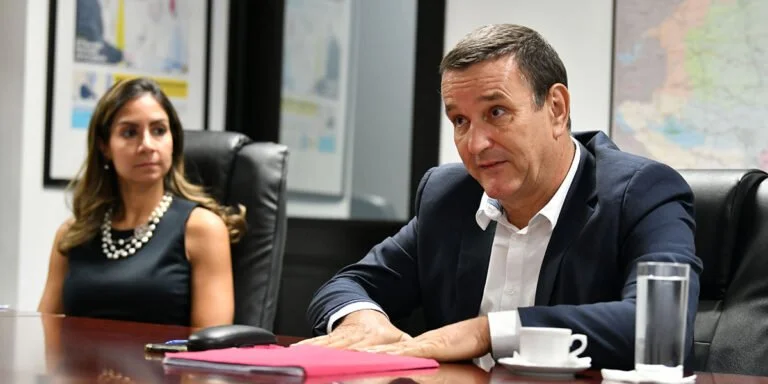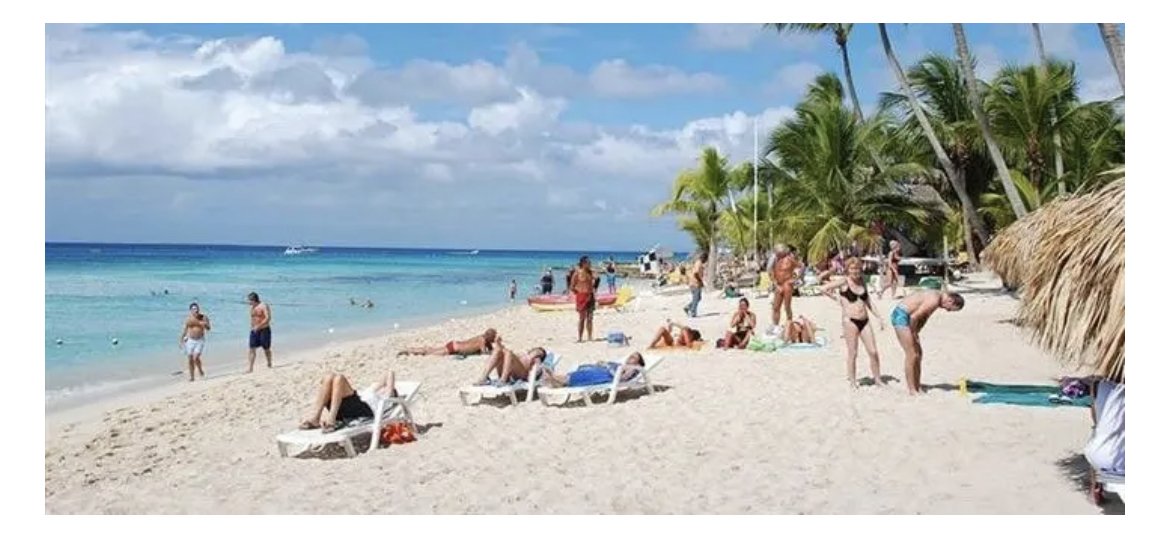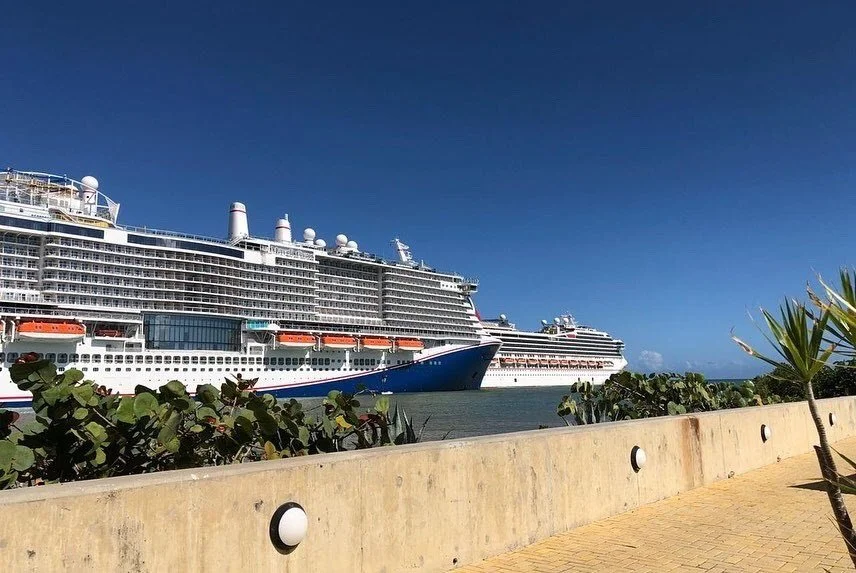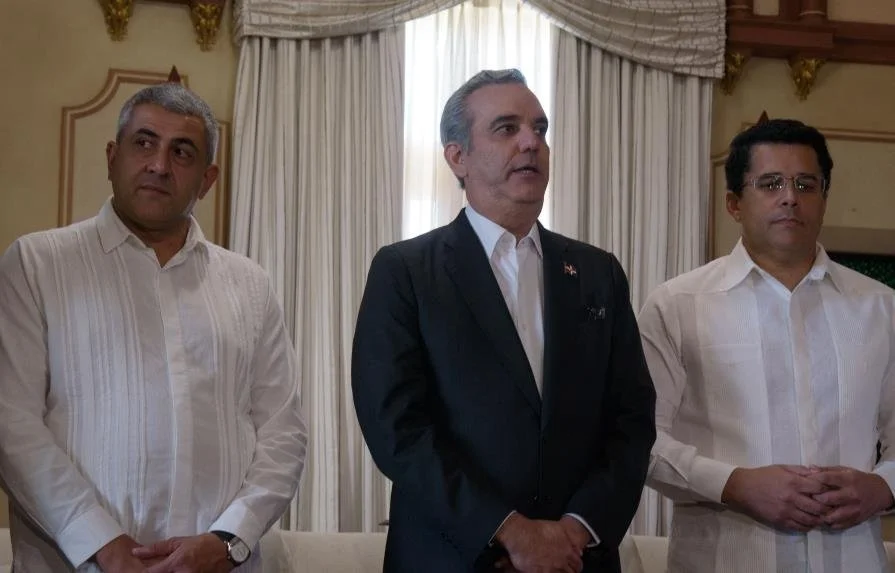Barahona. – The Airports Department (DA) inaugurated this Friday and left in operation the Barahona Heliport, in an act headed by the President of the Republic, Luis Abinader, in which it was announced to the country the implementation of the National Network of Heliports project.
“This ambitious project consists of building or remodeling heliports in regional and specialized hospitals, as well as in road networks and the main centers of interest nationwide, to attend emergency situations, rescue, and support tourism,” said Victor Pichardo, director of the DA, in his speech.
Pichardo pointed out that the National Heliport Network represents one of the institution’s main goals, with a view to supporting the expansion of tourism and commercial and emergency operations carried out by the government throughout the country, especially in the southern region.
He said that, in the case of the Barahona Heliport, named Luis J. Féliz (Neny) in honor of one of the DA’s collaborators born in the area, who died along with five others in the accident of October 2020, it would provide a point of aerial interconnection that will serve as a reference for the community itself, and for the development project that the State is carrying out in the Enriquillo region.
This heliport, whose cost was around 26 million pesos, is located on the city’s seawall, considered a strategic, attractive, and tourist position. It also has an aircraft parking position, which will allow simultaneous operations.
The structure, built in a space of 5,400 square meters, has a 324m2 Helipad equipped with an aeronautical lighting system that can be activated by radio frequency from the helicopters, allowing safe night operations.
It also has a terminal building with facilities, equipment such as a power plant, a sewage treatment system, a parking lot with a capacity for 10 vehicles, including a charging station for electric vehicles, and an intelligent irrigation system, among others.
In his speech, Mayor Mictor Fernández highlighted Abinader’s interest in the actions he has been developing in this province since the first day of his government mandate. Also present at the ceremony were the ministers Joel Santos, of the Presidency; José Ignacio Paliza, Administrative of the Presidency; Deligne Ascención, of Public Works, and the director of the Civil Aviation Board (JAC) and the provincial governor Dionne Maribel González.
Also present were Major General Carlos Febrillet, Commander General of the Dominican Air Force; Vice Admiral Francisco Sosa, Commander General of the Navy; and Venancio Alcántara, Director General of Migration, among others.






